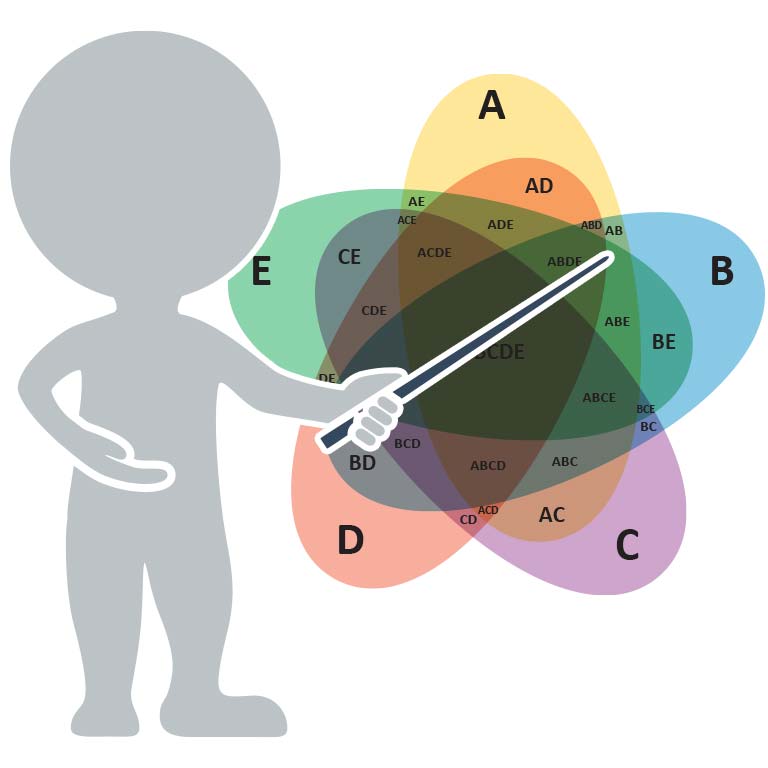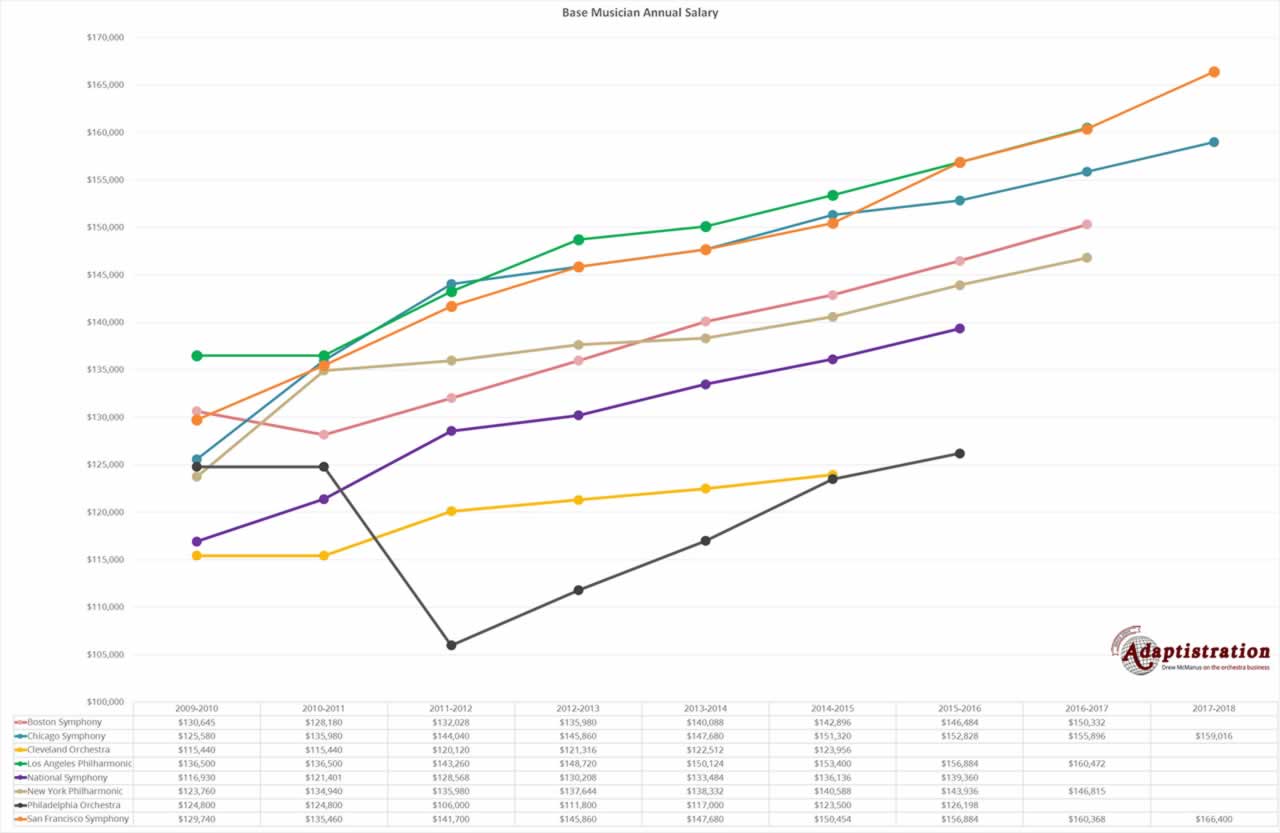Shortly after publishing the 1st Annual Adaptistration Orchestra Website Review I received a number of email messages from orchestra managers (mostly from Finance Directors) that all asked a variation of the following question:
“How can our website be bad if it makes a profit?”
Good question; it’s also a revealing insight into some of the static thinking that goes on the industry (and non profits in general!).
Measuring the success of a website purely by profitability is dangerous. If you make a profit does that mean the site is fine as is? When I reviewed the web sites, I didn’t take into account if it was profitable or not. Instead, the examination focused on core issues which every orchestra should consider paramount for their website.
Of the 71 orchestras I reviewed for the rankings, only 25% responded with some detailed information. Of those, 55% provided enough information to determine a profit percentage.
The information provided was also inconsistent as some offered figures detailing complete costs for maintaining their site, including salary figures, and others didn’t. Some orchestras even have a sort of bartered agreement with some website providers and designers, so the actual out of pocket cost isn’t readily available.
In some cases, the profit figures are also ambiguous. For example, orchestras that use a third party sales agent, such as Ticketmaster, loose a sizeable percentage of each sale in fees they wouldn’t have to otherwise pay if everything was run through their own box office.
But regardless of those issues here’s what I was able to compile based the information that was provided:
- The average annual gross sales income was $334,976
- The average annual cost for operating a website was $24,115
- The average annual net profit was $351,814
- The average annual profit percentage was 1414%
So we come back to the original question: How can our website be bad if it makes a profit?
For example, let’s look at the Grand Rapids Symphony website (let me thank the folks at Grand Rapids in advance for voluntarily providing information about their website and being a good sport about my using them as an example). They finished in 52nd place with a grade of F, but their website earned a 1,328% profit ($100,000 in gross revenues and $7,000 in annual operating costs).
Many of the financial folks in this industry would wonder why a 1,328% profit is a bad thing. And it all has to come back to the issues mentioned at the top of the article: atrophy.
Grand Rapids was able to sell $100,000 worth of tickets on their website even with the following problems:
- There’s no interactive calendar, you have to jump through several pages and do a great deal of scrolling in order to find a particular concert in any given month.
- There’s no easy way to determine which concert is coming up next on the home page. Instead it’s filled with a bunch of neat photos of some upcoming concerts which aren’t placed in any particular order. Then you would have to go to their concert calendar (via several clicks) to see if any of those concerts are actually the next event.
Finding an approaching concert is difficult and frustrating if you don’t’ have much time to spend digging through the site. Can you imagine how many more tickets they could sell if they improved and streamlined all of those issues?
Then there’s the actual purchasing experience:
- I dare you to go try and buy a ticket from the Grand Rapids site by following what would be a logical path; clicking on the “Tickets” link front he home page. Once you do, you’re sent to another generic navigation page where you can select between the type of tickets you wish to purchase, for example subscriptions, special events, or single tickets.
- When you select the link for “Single Tickets” you arrive at a page detailing a generic pricing structure (it takes a few moments to determine what concert series each price structure is related to and if it’s what you need).
- You can then select the “How To Purchase Single Tickets” link in hopes of finally being able to make some progress toward buying a ticket, but all it does is tell you the different ways to actually make the purchase (phone, online, in person, etc.). And God help you, the only way to buy a ticket online is through Ticketmaster (and if you click the link provided you go to the generic Ticketmaster homepage, not anywhere directly related to the Grand Rapids Symphony which involves more searching via the Ticketmaster site).
Following all of those steps took more than five minutes after actually reading everything needed to get around, and you still haven’t been able to buy a ticket.
I don’t know if the $100,000 in gross ticket sales Grand Rapids reported is before or after Ticketmaster takes out their huge fees, but I’ll give them the benefit of the doubt and assume that figure is after.
That means the Grand Rapids Symphony is able to sell $100,000 in tickets online even though their ticket purchasing system is slow, hard to use, frustrating, and relys on a miserable third party provider. They scored 61.5 out of 100 in the evaluation on issues related to buying tickets and finding concert information.
I don’t know what the average attendance figures are at Grand Rapids but imagine how much higher they could be if buying tickets and finding concert information were easier and faster. How many additional younger patrons could they attract? How much more marketing data could they accumulate? How many more individual donations could they receive? Do you see where this is going?
This example simply focuses on the issues of selling tickets and finding concert information. It doesn’t even include issues such as the ability for patrons to make online donations, providing information about musicians and administrators, or offering any of the host of other special features that make an individual orchestra website special.
Given the time and effort it takes to create a website compared to other traditional forms of marketing, the decision to direct more resources toward maximizing internet based revenues should be a no-brainer for every orchestra.
Instead, many look at the end results, see the profit margin and think everything is right on track.
So it’s critical for orchestras to begin thinking about their websites beyond terms of mere profitability lest this untapped aspect of sales and outreach fall victim of the “always has been always will be” syndrome that is all too common throughout this industry.


